Science Illustrated delivers natural science, break through discoveries and an understanding of the world for the entire family. Packed with stunning photography and in-depth editorial it’s a visually spectacular gateway to the world looking into the beginning of life to distant objects in the universe.
The Real Winner Here is Measles Morbillivirus
ARTIFICIAL INSEMINATION
Science Update • THE LATEST FINDINGS AND DISCOVERIES
Faeces activates maternal instinct • The queen of naked mole-rats makes her workers look after babies by feeding them hormone-filled excrements.
Sick algae cause rain • The weather becomes wetter and colder, when large algal colonies are affected by virus. Now, scientists know why.
Ask Us • SCIENTISTS ANSWER QUESTIONS FROM OUR READERS
THE CASE FOR GMO • “Genetically modified plants are unhealthy and environmentally harmful.” That is what many people think, 25 years after the first GMO crop was approved. But the technology has not been linked to any illness, and the most recent genetic tool can fine-tune our food to solve some of our major problems.
Die-hard corn endures climate change • A new GM corn plant yields 15 % more, so there will still be enough food, even when some of the harvest is destroyed by drought.
Salmon is the world’s first GMO meat • With genes from two other fish species, genetically modified salmon can subside on much less feed.
Is the fear of GMO exaggerated? • Ever since the first GMO food emerged, the technology has been viewed with suspicion. Many consumers are afraid that genetically modified crops have unknown health effects, but the products are thoroughly tested, and so far, there have been no documented cases of illness as a consequence of GMO.
Golden rice to cure deficiency disease • Instead of providing children of the poor world with vitamin A, scientists have developed rice that includes the vital ingredient.
WINGS ARE NATURE’S GREATEST INVENTION • They have made insects the world’s most abundant life form and given birds the best eyes in the animal kingdom. Wings are nature’s safe road to success, and flying animals have other abilities that could benefit all of us.
Unique technique saves energy • A special wing stroke method provides the smallest of insects with up to 25 % more energy-efficient lift than larger animals'.
Muscle mass makes hummingbird an acrobat • The small bird's entire body specialises in life in the air. The hummingbird is the only bird that can both fly backwards and "hover" still in the air.
Wings of skin provide bats with more powerful wing strokes • Unlike birds and insects, bats can vary the flexibility of their wings. The formable skin membrane that makes up the wing span is crisscrossed by tiny muscles, providing the animal with extra wing stroke force.
Can needles really relieve your pain? • Acupuncture has existed for thousands of years, but still, we know very little about the effect of the treatment. In order to discover the truth about the old treatment method, scientists must use a grand illusion trick with false needles and uninformed patients.
“Needles restore body energy balance” • The original idea behind acupuncture is still widespread among some acupuncturists. It involves yin and yang energy flows, which can be adjusted by means of needles inserted into specific points of the skin.
Avoiding the Placebo Effect • DOUBLE-BLIND TEST: The patient’s expectations and the practitioner’s behaviour towards the patient affect the result of an experiment. To make sure that all patients in an experiment have the same expectations and the same treatment experience – no matter if they receive real treatment or inactive placebo treatment – scientists must make sure that neither patients nor practitioners...
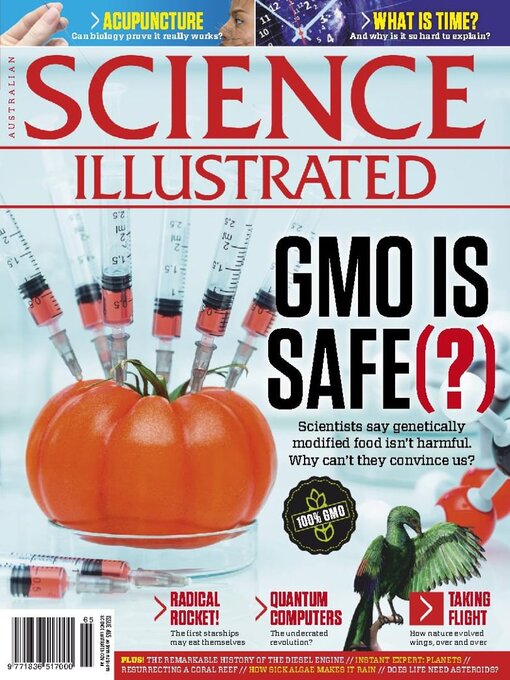
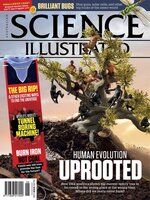 Issue 106
Issue 106
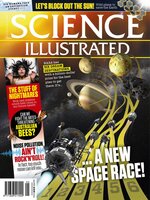 Issue 105
Issue 105
 Issue 104
Issue 104
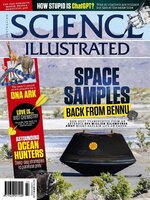 Issue 103
Issue 103
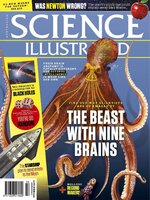 Issue 102
Issue 102
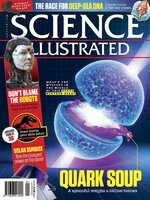 Issue 101
Issue 101
 Issue 100
Issue 100
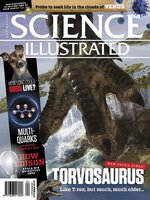 Issue 99
Issue 99
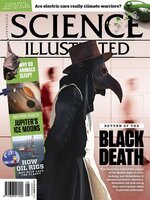 Issue 98
Issue 98
 Issue 97
Issue 97
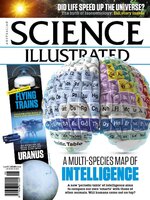 Issue 96
Issue 96
 Issue 95
Issue 95
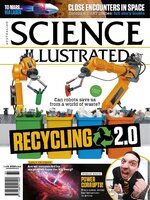 Issue 94
Issue 94
 Issue 93
Issue 93
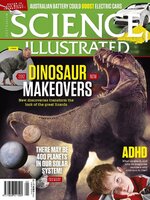 Issue 92
Issue 92
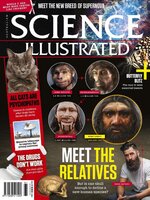 Issue 91
Issue 91
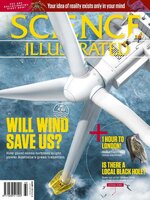 Issue 90
Issue 90
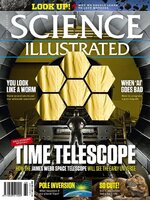 Issue 89
Issue 89
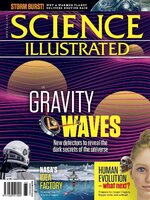 Issue 88
Issue 88
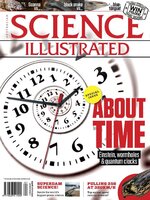 Issue 87
Issue 87
 Issue 86
Issue 86
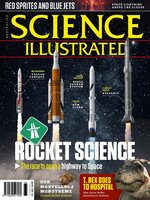 Issue 85
Issue 85
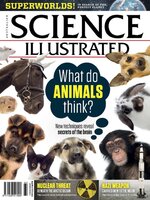 Issue 84
Issue 84
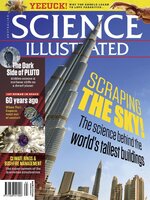 Issue 83
Issue 83
